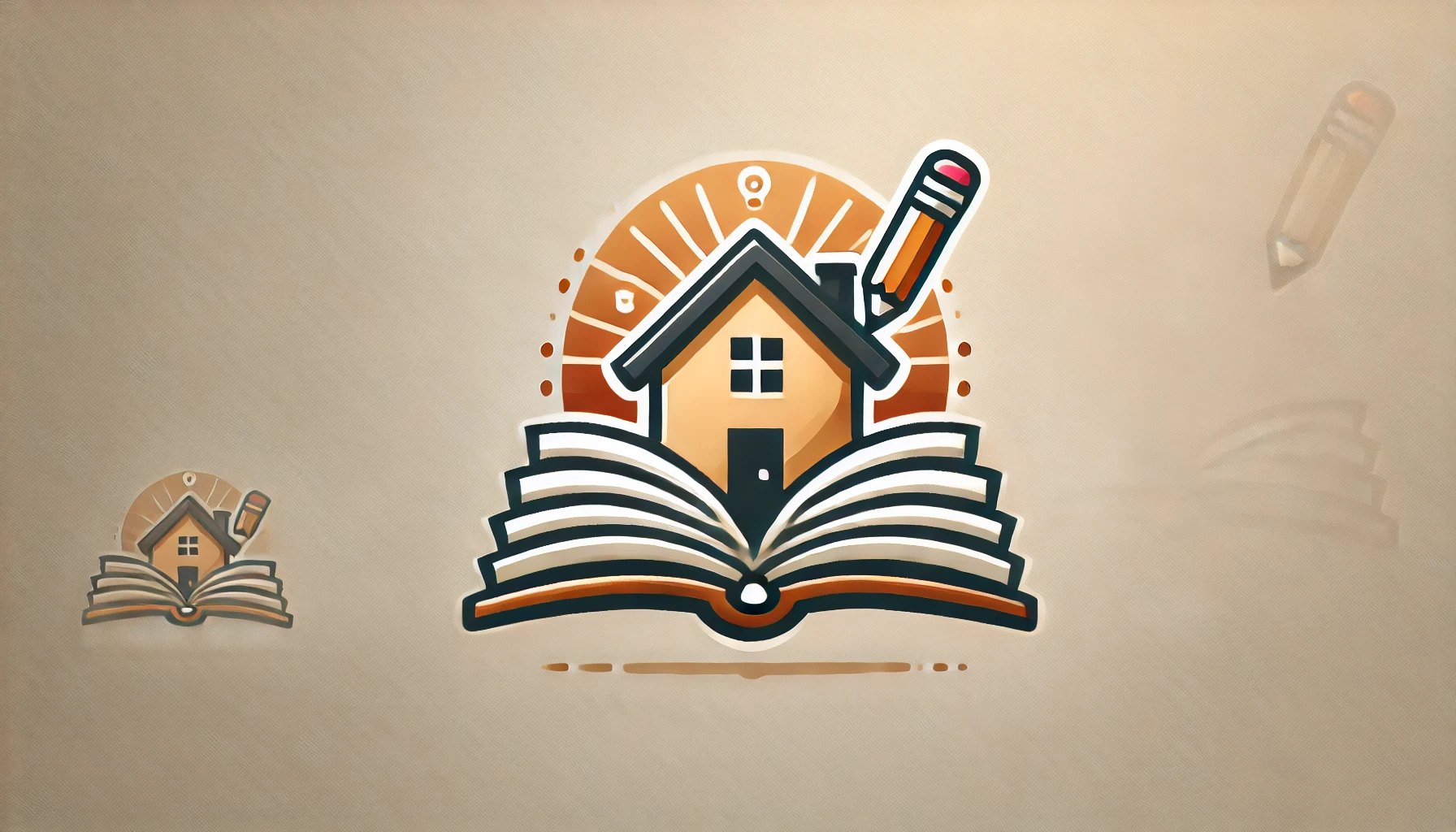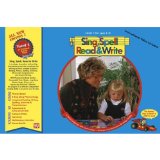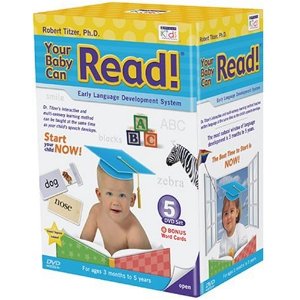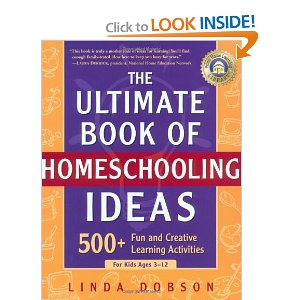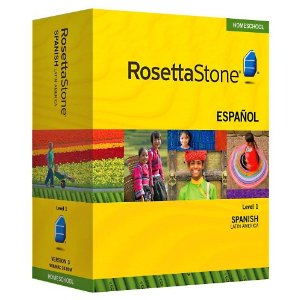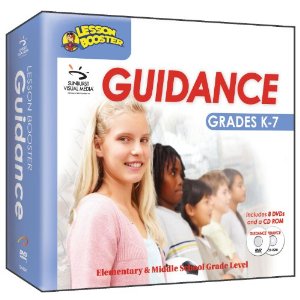Preschool is when usually parents start putting their kids first time in some time of public or private educational system. Prior to that kids have been in private care or day care type of setting when education would not have been main point of child care.
Different children have varying interests and learning needs not to mention attention spans. And so, for parents who are pondering whether homeschooling is for them or otherwise, it is best to do an initial evaluation of what the preschool child’s needs are.
Several online resources provide lesson suggestions for preschoolers. Parents and tutors will most definitely find these materials very much helpful. But of course, consider them only as guides to provide the children’s learning some direction. It is highly advised on most of the popular homeschooling websites to be aware of the learners’ interests, be it an inclination to writing, sports, arts and crafts, or any other subject, so that these may be incorporated into the learner’s list of “things that a homeschooled child should know.”
For different age groups of children, parents and tutors may be required to employ different methods and techniques for homeschooling. And in order to know which methods and activities best suits the child under a specific age group, this short list may be of help.
Children of age 2 are found to be the most difficult as the child often gets bored and at times frustrated when being taught. Stimuli are needed in order to catch their interests. Children of this age group are most eager to learn, often walking around, and climbing steps. Common behaviors of this age include self-centeredness and possessiveness. Their sense of humor also develops. Do activities relating to these capabilities of the child.
Homeschooling three-year olds is even more trying. At this point, the child is more physical in affection and also in play. They don’t mind change, love having friends to play with, and they take verbal instructions very well. Use these to stimulate them to participate in learning activities. At this age, they are already capable of communicating their needs.
Four-year olds are usually capable of working with scissors, hopping around on one foot or skipping. They start to learn to draw and possess a lot of physical energy. Let them try new things, as this will be their number one interest. They are very imaginative so give them an opportunity to develop and express this creativity.
Remember that all children grow at their own rate, and surprisingly in their own ways. And to achieve maximum benefits for the homeschooled preschooler, parents and tutors should trust them and give them sufficient freedom to explore, inquire, and ultimately learn.
